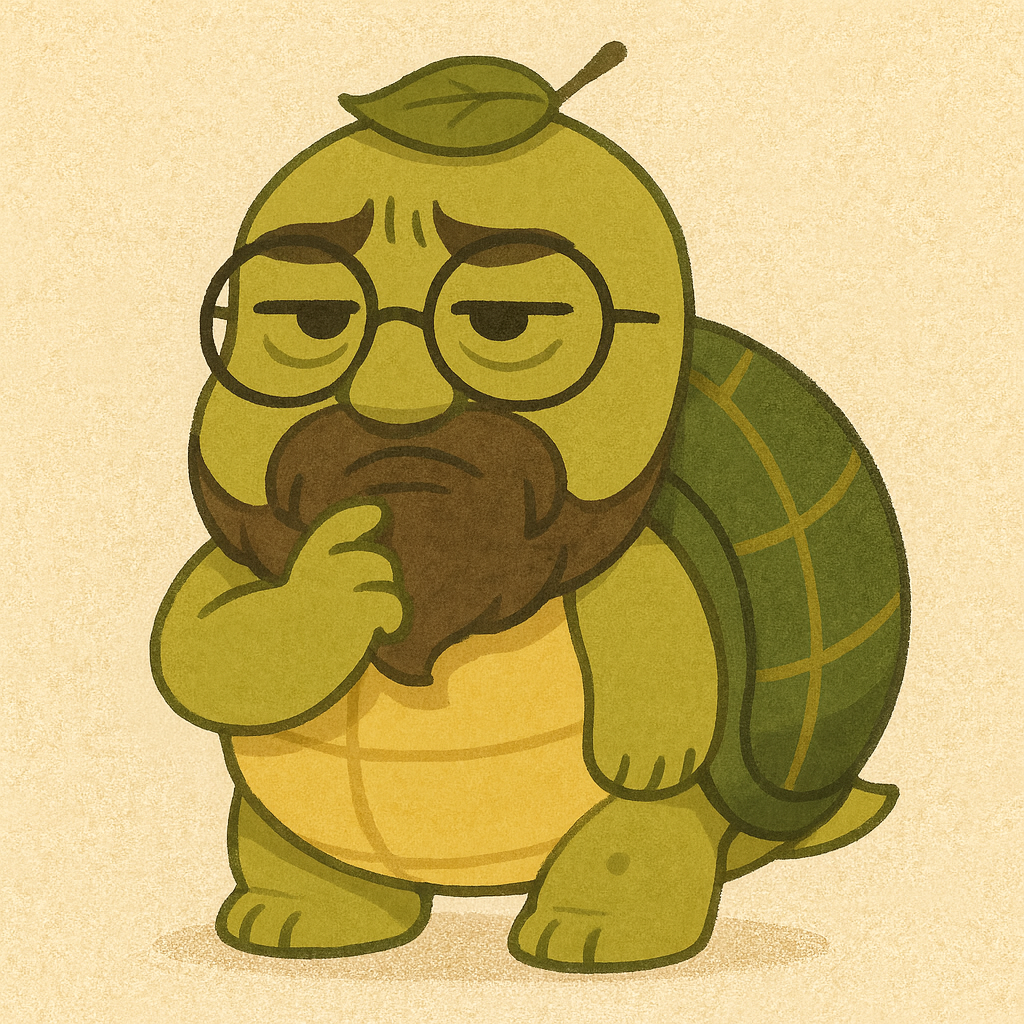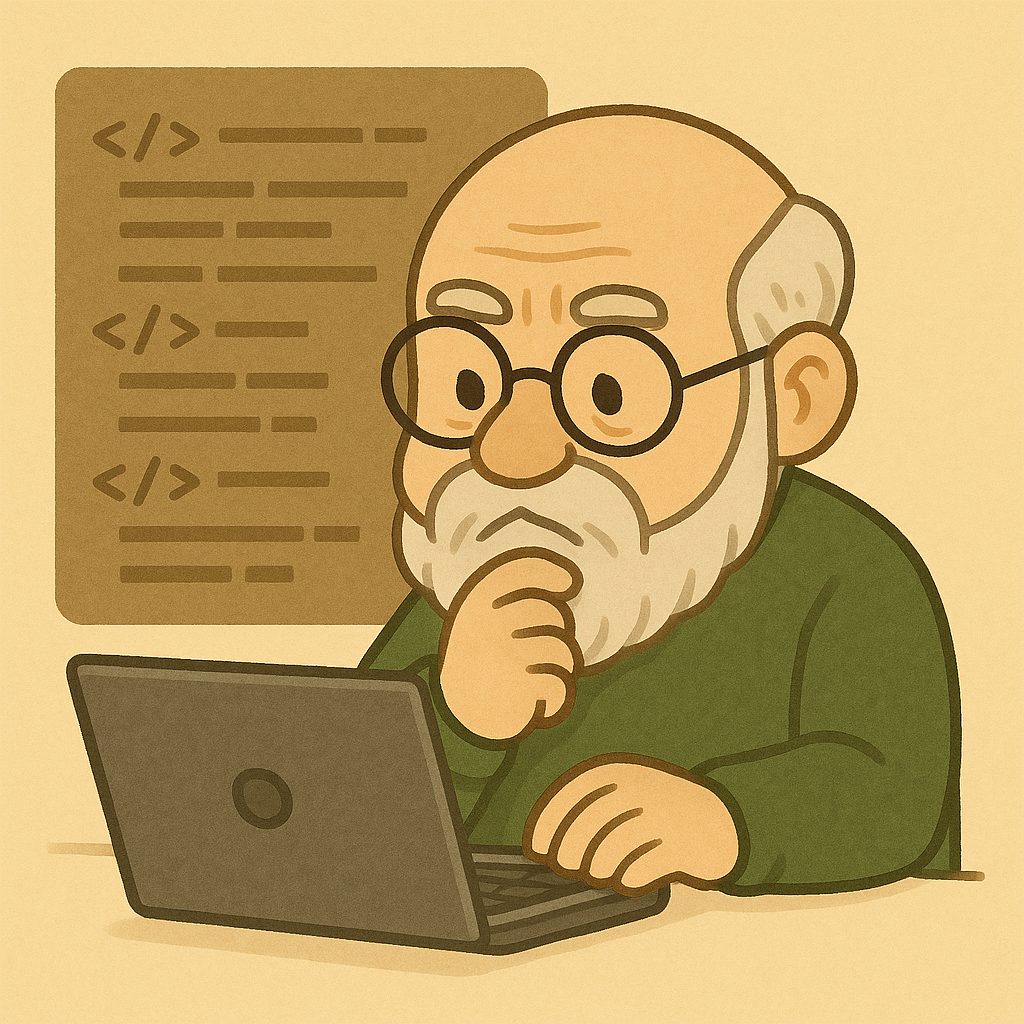Table of Contents
Why I Started This Project
As an older office worker, I am beginning this project under the name “Dinosaur Programmer Restarting”. It’s not just a hobby, but rather an attempt to create a personal turning point.
Throughout my career, I’ve often felt a gap in my skills—especially in front-end development and handling asynchronous programming. With this project, I hope to document my journey of restarting as a so-called Dinosaur Programmer.

I call myself that because most of my coding has been written in a sequential style rather than fully object-oriented. While I could understand existing object-oriented code, whenever I tried to improve or extend it, things would get tangled and debugging became a nightmare. It was in those moments I admitted, “Maybe this is just my mental limit.”
Then, an unexpected situation at work pushed me further. My strengths had always been in kernel programming, system operations, and data analysis. But increasingly, I was being pulled into repetitive operational tasks—putting me in a weaker position. That was the moment I realized: “I need to expand my role, not just as an operator, but by leaning on my unique hybrid strengths.”
Reflection
The biggest lesson from years of programming is that the world changes too fast.
In the past, sequential thinking and simple procedural code were often enough. Today’s development environment, however, is entirely different. Cloud computing, asynchronous flows, and collaboration-heavy frameworks feel like learning an entirely new language.
Old-school developers, stuck in sequential thinking, can’t help but feel like dinosaurs when facing the complexity of modern asynchronous frameworks.
This realization can feel depressing at times, but it also gives me motivation: to keep learning and to keep challenging myself.
First Encounters with AI Coding Tools
My company provided access to GitHub Copilot, which I tried and found fairly decent. Later, I even purchased WindSurf on my own. While my prompts were not always precise, the quality of code suggestions was surprisingly high.
But there were problems. As codebases grew larger, understanding them became harder, and the behavior sometimes diverged from what I expected. It made me skeptical: “Maybe this whole idea of vibe coding with AI is a bit overhyped?”
Then one day, a close colleague told me about Claude Code. He said he uses about 90% of its output directly, making only minor tweaks. I gave it a try, and honestly—it felt like discovering a new world. The code structure was clear, easy to understand, and the results were highly satisfying.
Comparing Different AI Tools
Over time, I experimented with GPT Codex, Copilot, WindSurf, and Claude Code. Each had strengths and weaknesses, but Claude Code fit my workflow best:
- Copilot is great at quick suggestions but struggles with maintaining long-term context.
- WindSurf works fine for learning small tasks but becomes hard to manage in larger projects.
- Codex was fun and experimental, but less stable for real projects.
- Claude Code produced clear, understandable structures with higher accuracy—perfect for my current needs.
Why This Project Matters
After all these trials, I realized I wanted to go beyond “just testing AI tools.” I wanted to build a personal project and share it with the world. That’s why I gave it the name “Dinosaur Programmer Restarting.”
This project isn’t just about producing code—it’s a re-challenge as a programmer and a record of self-development.
It gives me:
- A chance to finally strengthen my weak front-end skills.
- Real-world experience applying AI coding tools to actual projects.
- Confidence that age doesn’t matter—you can still learn and use new technology.
My goal is to show that even so-called Dinosaur Programmers can discover new possibilities with AI tools.
Looking Ahead
The project may start small, but the goal is clear: combine my hybrid background (kernel, operations, data analysis) with front-end development and AI coding to create something tangible.
I know there will be plenty of trial and error. But I want to leave a record of those mistakes too—so others on a similar path can learn from them. If this journey as a Dinosaur Programmer can inspire others with the same struggles, that would be enough.
More than just a personal memoir, I hope this record becomes a bridge between generations. And if someday, younger developers read this and think, “If he can restart, maybe I can too,” then this project will already have succeeded.
Conclusion
This project started with a simple belief: “It’s never too late to try again.”
AI coding tools, when combined with experience, become much more powerful. I’ve taken the first step, breaking it down into small pieces, and I honestly don’t know what the end result will be. But if I do manage to produce something real, I hope it serves as proof that anyone can restart—and as a stepping stone for others to find their own strength again.
